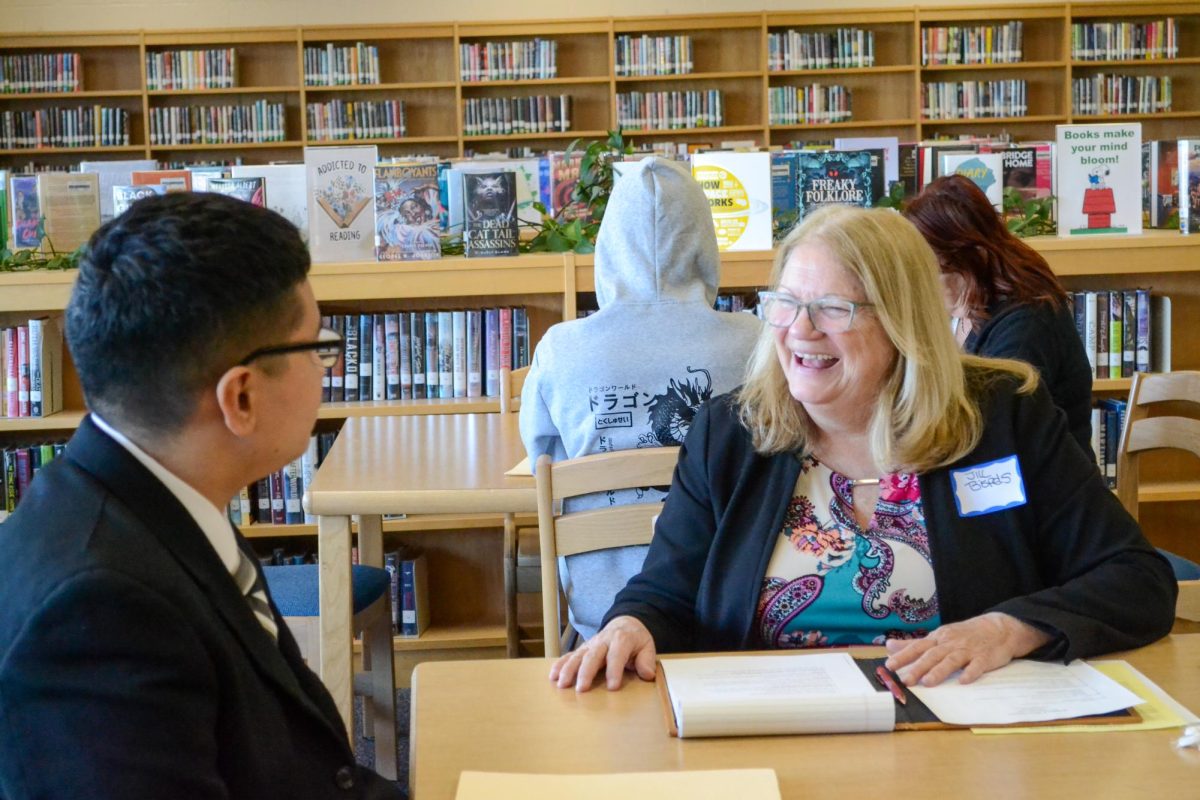The American college experience brings to mind freedom from the parental shadow, gaining independence along with responsibility to study, and learning time management skills.
But along with the college experience, 71 percent of bachelor degree graduates in 2015 left college with $30,000 of debt from the tuition, dorming on campus, books, and transportation.
Along with graduation rates, student loan debts have progressively been rising since the 90’s, when the average debt was around $10,000. Now, according to The Wall Street Journal, 2015 graduates have racked up a whopping average of $30,867 this year, up from $29,684 in 2014.
The average monthly payment for a student with $30,000 of debt is about $160 per month for a 30-year loan, and about $300 per month for a 10-year loan.
For low-income families, going to college isn’t an option without taking out loans, and if students aren’t informed, they can end up in a downward spiral of debt.
So how can students reduce the debt? One option is taking the general-education classes (graduation requirements) for two years at a local community college like HCC, where students can take prerequisite courses for less.
But to some, like Mr. Thompson, staying at home and going to a community college prevents the budding adults from being able to gain the “college experience” of leaving home.
“Without a doubt, [leaving home for college] helps you mature and find independence. It really gives you a broader view of society,” said Mr. Thompson.
But the question remains whether the “college experience” really is worth decades of debt afterwards.
For a freshly graduated college student, the prospect of paying for a college experience for 30 years to come can be overwhelming.
But, with supports like financial aid and scholarships, students can gain both the college experience and the knowledge they need to gain a rewarding career in the subject of their choice.
Guidance counselor Ms. Pashigian says, “students need to complete the FAFSA form (Free Application for Federal Student Aid) whether they feel they will qualify for financial assistance or not. Colleges will need the FAFSA information when determining what financial assistance is needed by a student and also when awarding merit scholarships.”
Scholarships can also prove useful, says Ms. Pashigian. “Scholarships are a great way to help with affording college. Students can search on Naviance for various scholarships including community based ones. However, individual college scholarships need to be searched through their site.”
By applying for opportunities like financial aid and scholarships, and keeping in mind the quality of education at different schools, students can reduce the negative long-term impacts that loans can have on college graduates, 30 years down the line.
“There is a great deal of opportunity for students to receive financial assistance. Students have to be vigilant in applying and searching for scholarships and, therefore, offering themselves a greater opportunity to attend the college of their choice,” said Ms. Pashigian.












